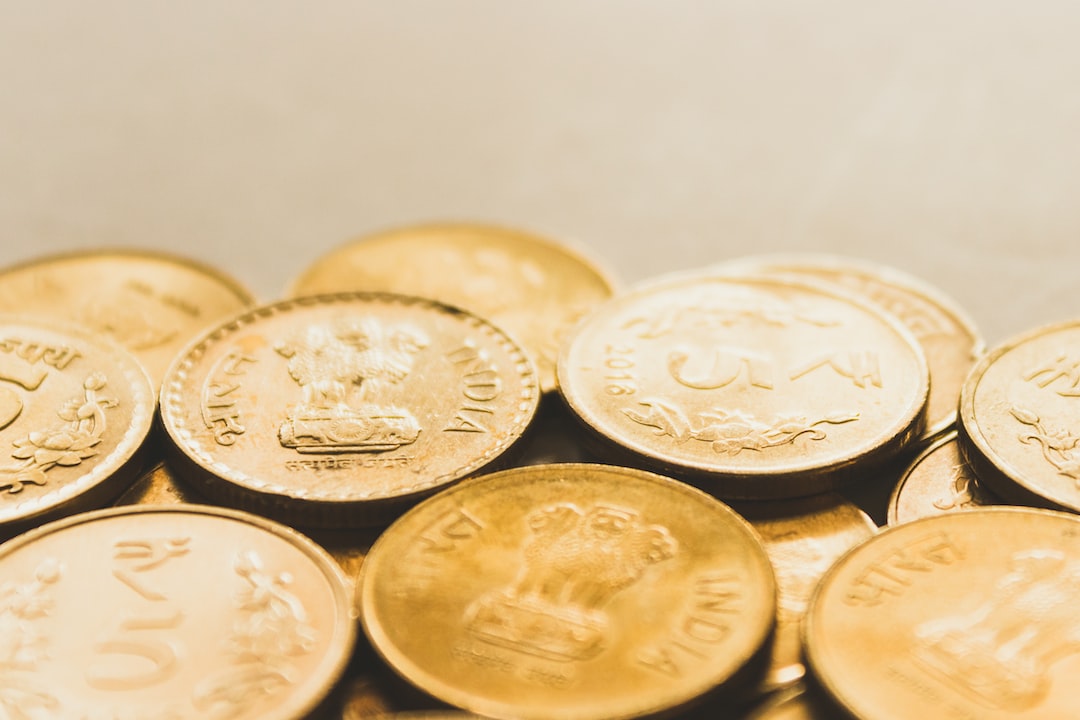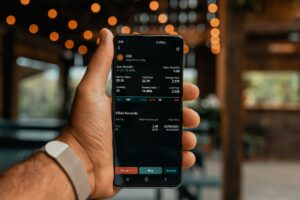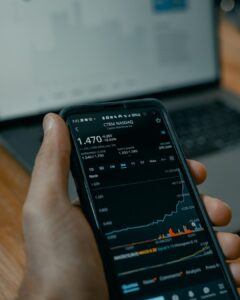Understanding the Different Types of Forex Accounts
Forex trading, also known as foreign exchange trading, is a global decentralized market where currencies are bought and sold. It is the largest and most liquid financial market in the world, with an average daily trading volume of over $5 trillion. Forex trading allows individuals and institutions to speculate on the value of one currency against another, and profit from the fluctuations in exchange rates.
To participate in forex trading, individuals need to open a forex account with a broker. A forex account is a type of financial account that allows traders to buy and sell currencies. There are different types of forex accounts available, each with its own features and requirements. In this article, we will explore the different types of forex accounts and their functionalities.
1. Standard Account:
A standard forex account is the most common type of account offered by forex brokers. It requires a minimum deposit, usually ranging from $100 to $1,000, depending on the broker. With a standard account, traders can trade standard lots, which are contracts of 100,000 units of the base currency. This type of account is suitable for experienced traders who have a significant amount of capital to invest.
2. Mini Account:
A mini forex account is designed for traders who want to start with a smaller investment. The minimum deposit for a mini account is typically between $10 and $500. With a mini account, traders can trade mini lots, which are contracts of 10,000 units of the base currency. This type of account allows traders to gain exposure to the forex market with a lower risk and investment.
3. Micro Account:
A micro forex account is similar to a mini account, but with even smaller contract sizes. The minimum deposit for a micro account is usually between $1 and $100. With a micro account, traders can trade micro lots, which are contracts of 1,000 units of the base currency. This type of account is ideal for beginners who want to practice trading with real money but have limited capital.
4. Islamic Account:
An Islamic forex account, also known as a swap-free account, is designed for traders who follow Islamic principles. In Islamic finance, earning or paying interest is prohibited. Therefore, Islamic accounts do not charge or pay any interest on overnight positions. Instead, they charge a fixed administration fee or widen the spreads to compensate for the lack of interest charges. Islamic accounts are available in all types of forex accounts, including standard, mini, and micro accounts.
5. Managed Account:
A managed forex account is a type of account where an experienced trader or money manager trades on behalf of the investor. In a managed account, the investor provides the capital, and the money manager makes trading decisions and executes trades. Managed accounts offer investors the opportunity to participate in the forex market without having to trade themselves. However, it is important to choose a reputable money manager with a proven track record to ensure the safety of the investment.
In conclusion, understanding the different types of forex accounts is essential for anyone interested in participating in the forex market. Each type of account has its own features and requirements, allowing traders to choose the one that best suits their needs and capital. Whether it’s a standard account for experienced traders, a mini or micro account for beginners, an Islamic account for those who follow Islamic principles, or a managed account for investors who prefer to have their trades executed by a professional, there is a forex account suitable for every trader.





